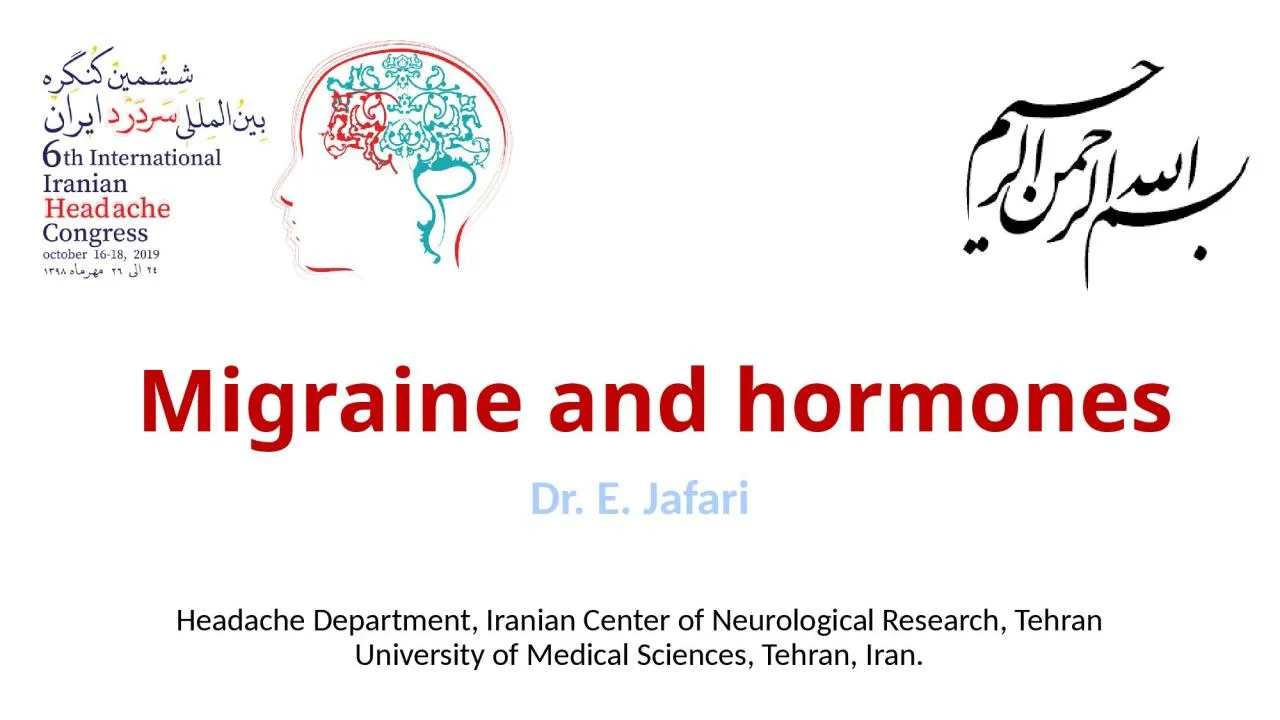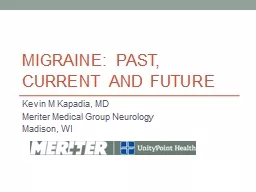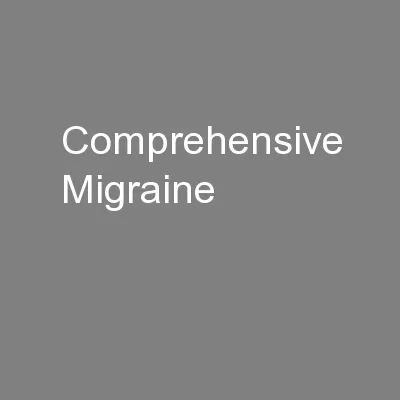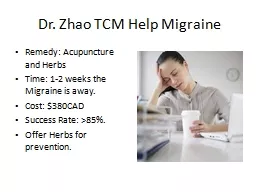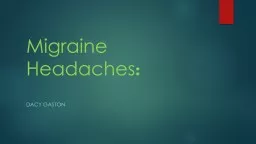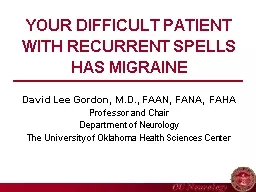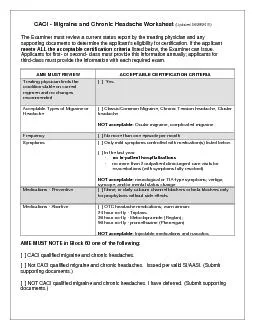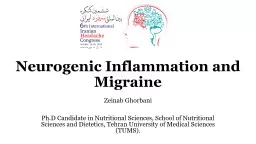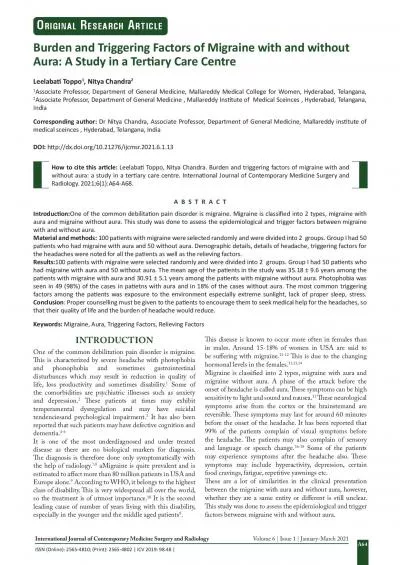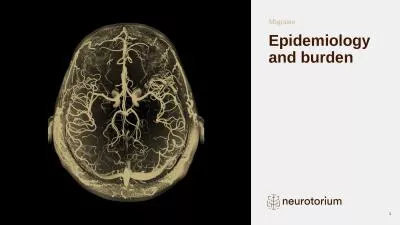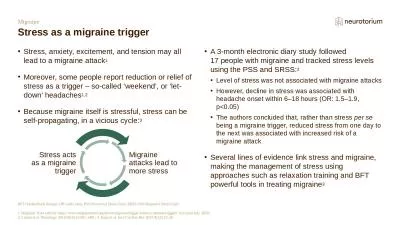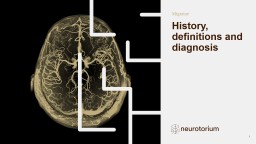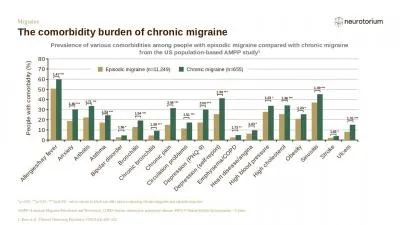PPT-Migraine and hormones Dr. E.
Author : anderson | Published Date : 2022-06-07
Jafari Headache Department Iranian Center of Neurological Research Tehran University of Medical Sciences Tehran Iran Migraine is 3 times more prevalent in women
Presentation Embed Code
Download Presentation
Download Presentation The PPT/PDF document "Migraine and hormones Dr. E." is the property of its rightful owner. Permission is granted to download and print the materials on this website for personal, non-commercial use only, and to display it on your personal computer provided you do not modify the materials and that you retain all copyright notices contained in the materials. By downloading content from our website, you accept the terms of this agreement.
Migraine and hormones Dr. E.: Transcript
Download Rules Of Document
"Migraine and hormones Dr. E."The content belongs to its owner. You may download and print it for personal use, without modification, and keep all copyright notices. By downloading, you agree to these terms.
Related Documents

